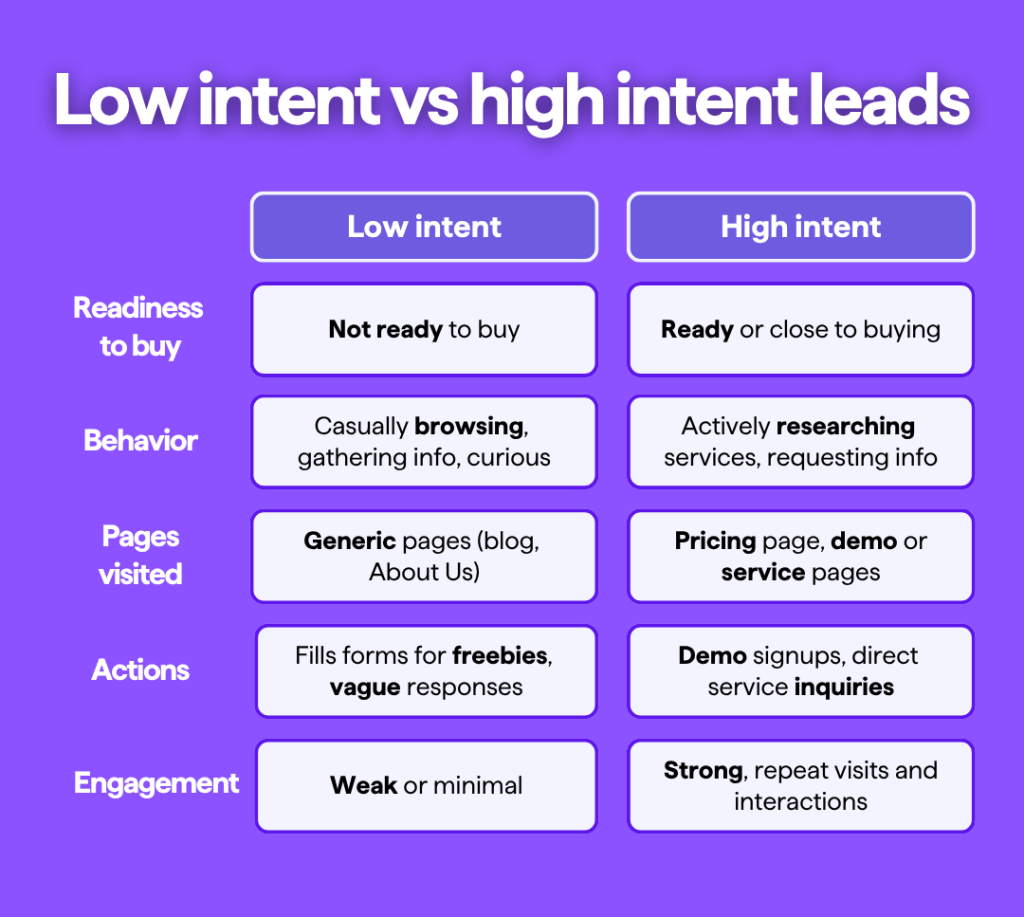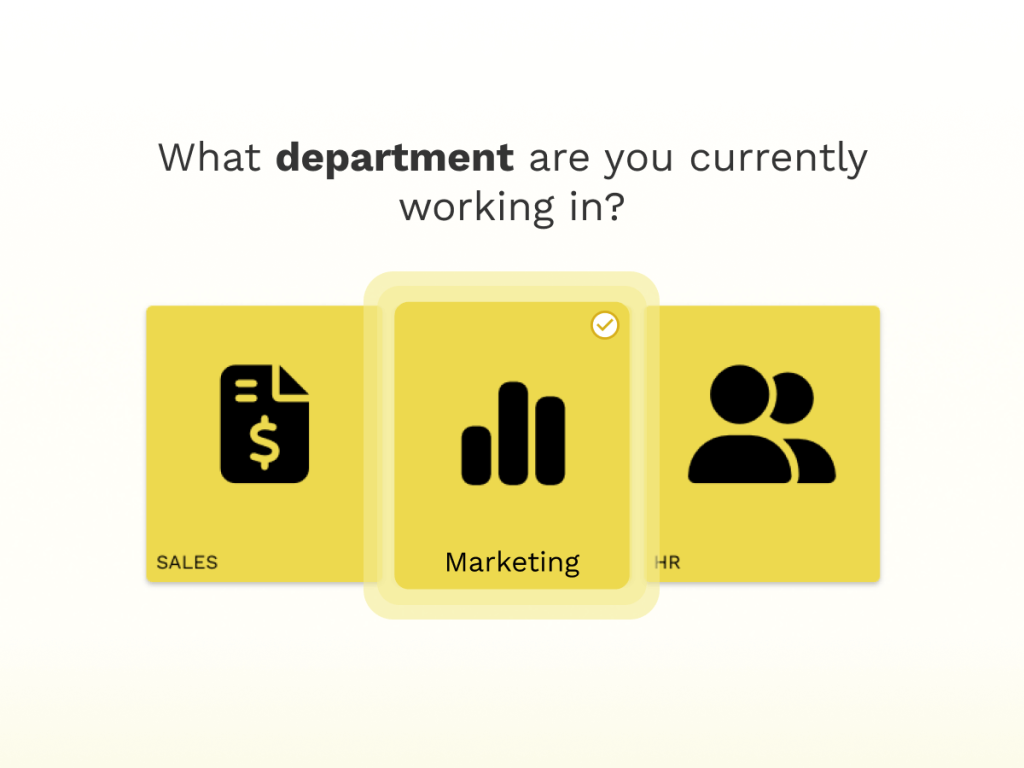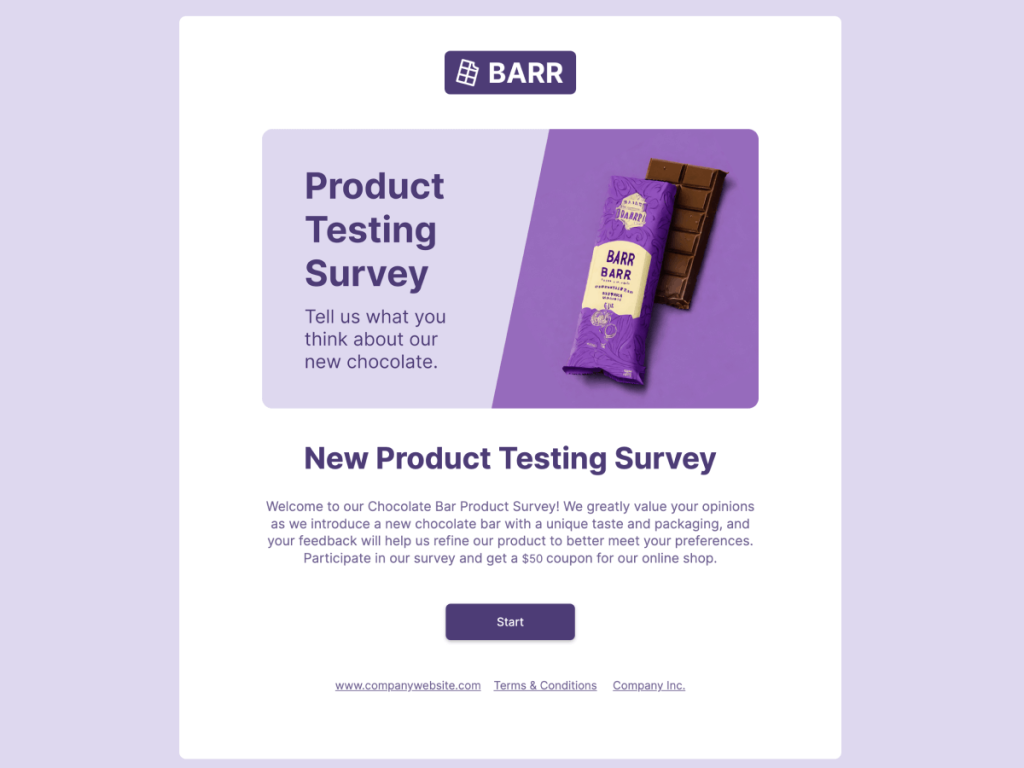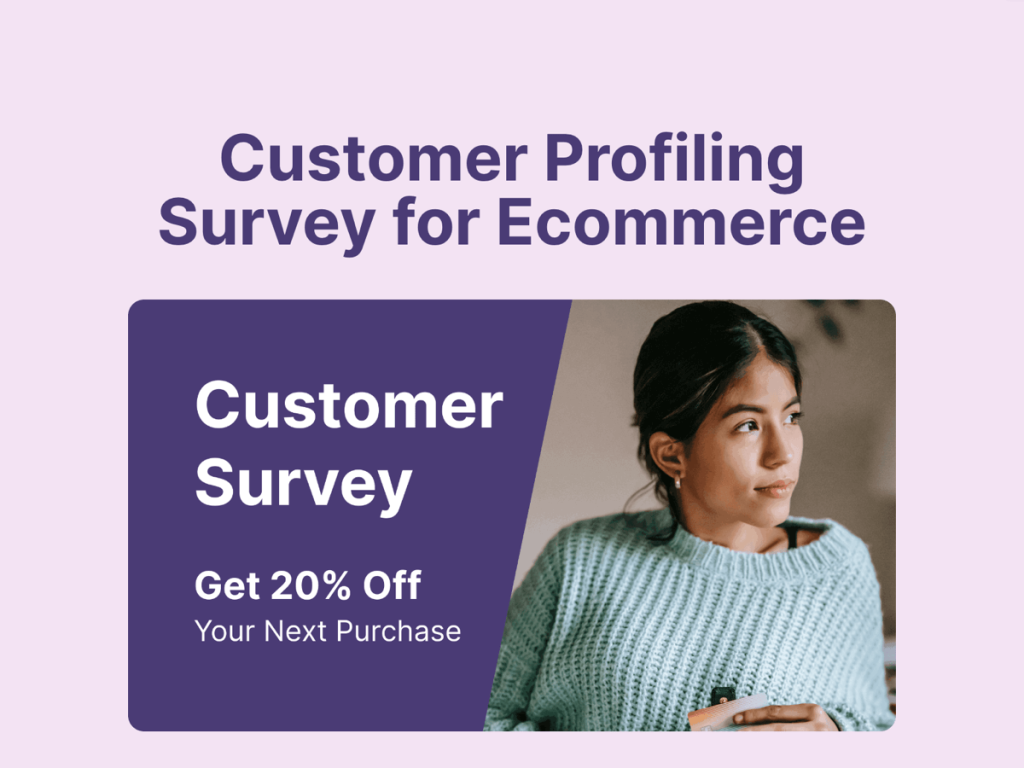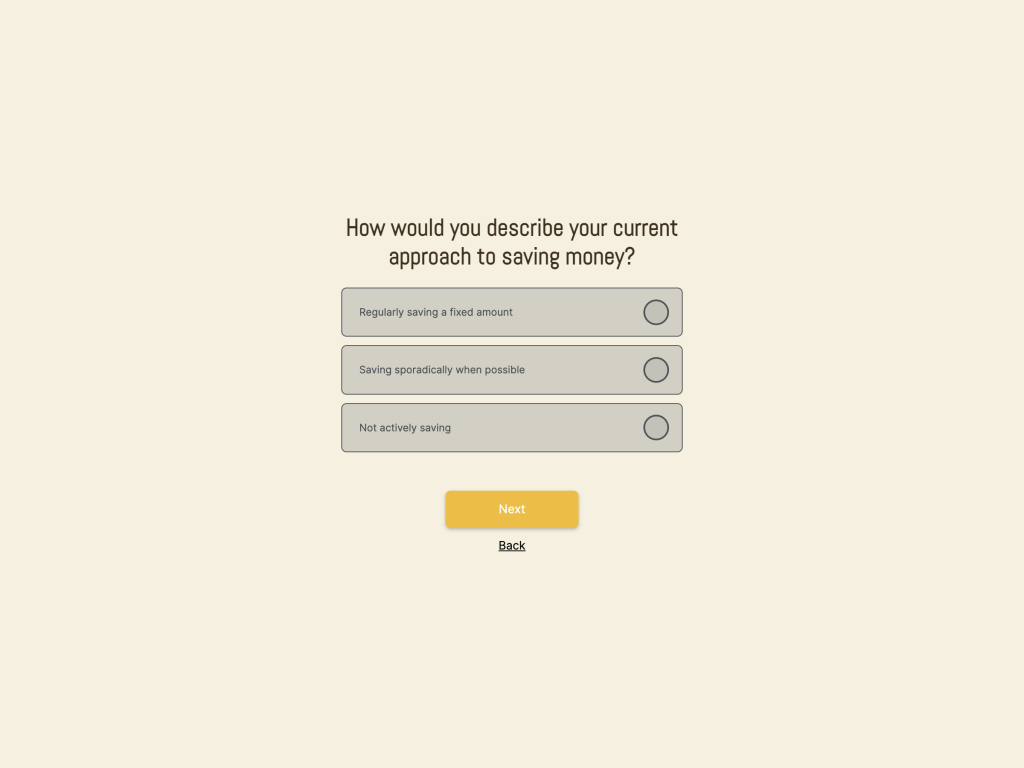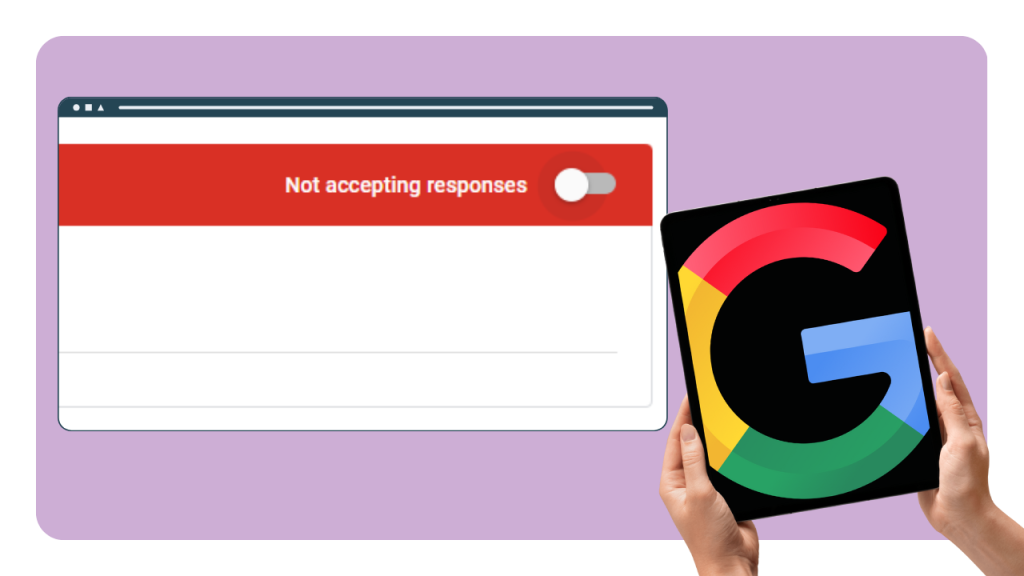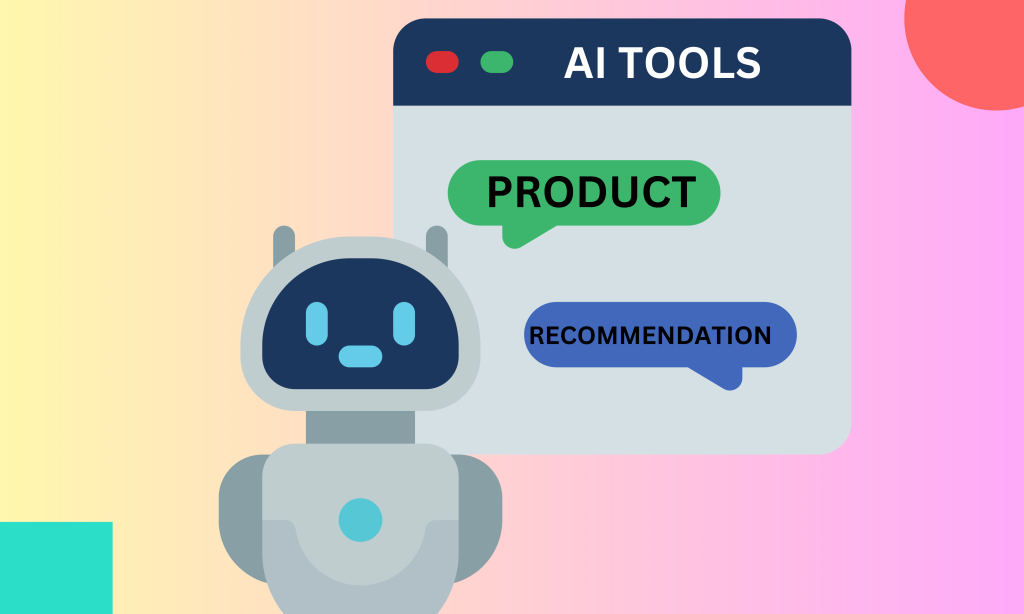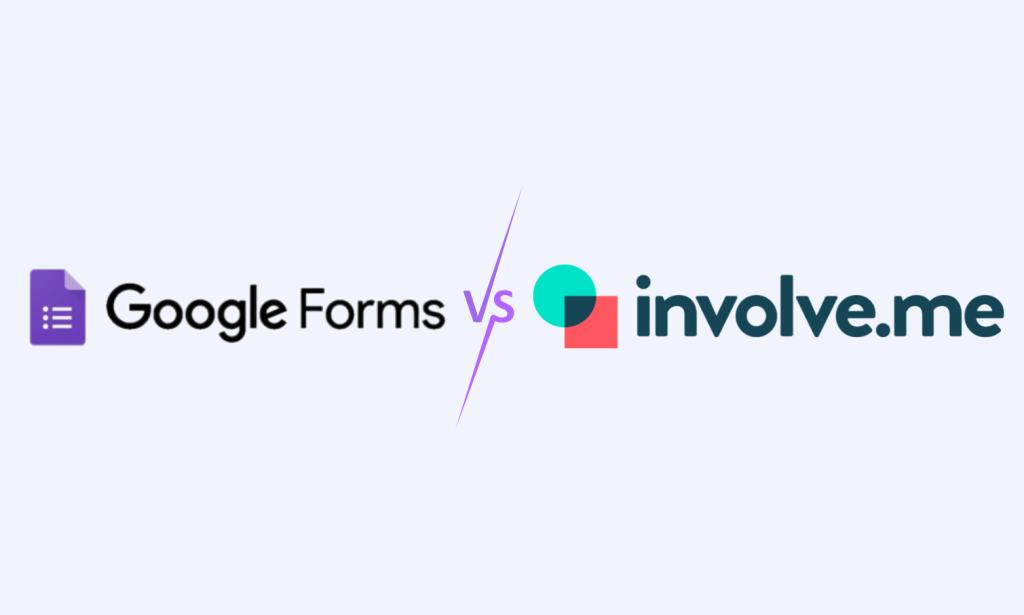In digital marketing, not all leads are created equal. A huge portion of marketing leads never turn into sales.
In fact, 79% of marketing leads never convert into customers.
Many of these are low-intent leads, people who may show initial interest (like filling out a form or clicking an ad) but have no real intent to buy. For agencies that generate leads for clients, passing along such unqualified prospects wastes everyone’s time. The key is to automatically filter out low-intent leads so your clients’ sales teams can focus on high-intent, high-value prospects.
In this article, we’ll outline what low-intent leads are, why they drain resources, and how you can use smart automation and involve.me to weed them out before they ever reach your clients.
We’ll also provide a step-by-step guide to qualifying leads automatically, so you can streamline your process and ensure only the most promising prospects move forward.
Understanding Low-Intent Leads
Not every person who downloads a brochure or visits your site is ready to become a customer.
Low-intent leads are those who aren’t yet ready to buy, they might be casually browsing, gathering information, or just curious about your content. These leads often show weak intent signals, such as visiting generic pages (like your blog or “About Us”), filling out forms just for freebies without further engagement, or giving vague “maybe later” answers. They lack urgency and real interest, so treating them like hot sales leads wastes time chasing dead ends.
On the other hand, high-intent leads show obvious signals: repeat visits to your pricing page, demo signups, and direct requests about your services. Track engagement to spot them: email opens, clicks, comments, shares, and on-site activity.
Example: a student downloading an eBook out of curiosity is low intent. But a marketing manager at a relevant company downloading the same eBook is a real prospect.
Know this distinction to filter effectively.
Why Low-Intent Leads Waste Valuable Time
When low-intent leads enter your pipeline, they can consume a lot of time and resources without yielding results. If your team (or your client’s team) is spending hours following up with people who never had serious intent, that’s time taken away from nurturing genuine opportunities.
As we noted several times on the involve.me blog, sending unqualified prospects to sales too early wastes resources, sales reps end up spending time on low-intent leads instead of closing deals. This leads to frustration, lower productivity, and a longer sales cycle.
From a marketing agency’s perspective, handing over leads that go nowhere hurts your reputation. Sales teams chase them, then learn they were “just looking,” which reflects poorly on your work.
Focusing on not-yet-interested leads wastes time. Better to spot low intent prospects early and route them differently than have a client call 100 people to find only 5 serious ones.
Use automated qualification to filter out tire-kickers and protect your clients’ time. Your process should also disqualify anyone who misses key criteria like budget, authority, need, and timeline.
And as always, quality beats quantity. 61% of marketers prioritize qualified leads over volume. A short list of high-intent leads beats a long list of weak names.
Now let's look at how to set criteria and systems that automatically separate high-intent prospects from low-intent time-wasters.
Setting Clear Lead Qualification Criteria
Define what a qualified, high-intent lead looks like before you filter anything.
Start with your ICP and personas, the traits that make a lead a fit. Consider firmographics, like industry, company size, and location, demographics, like role and decision power, and specific pain points or needs. Job title matters for targeting and segmentation.
Example: if your client sells enterprise software to companies with 100+ employees, a 5-person startup is unqualified, interest aside.
Then add behavioral intent signals. Use benchmarks like:
Pages viewed, pricing or product pages vs generic pages.
Content engaged, whitepaper downloads or webinars.
Actions taken, contact sales form vs newsletter only.
Layer in decision criteria, purchasing authority and job titles, to confirm influence on buying. Draw a clear line between an MQL and a casual visitor. MQLs engage meaningfully and fit your profile. Others are low intent and not yet sales-ready.
Turn this into a filter blueprint. For example, “An MQL matches our ICP and completes at least two high-intent actions, like downloading a guide plus viewing pricing.”
With that rule set, use tools and automation to screen new leads. The system checks the boxes and holds back anyone who does not meet them, keeping unqualified contacts out of clients’ inboxes until they show real intent.
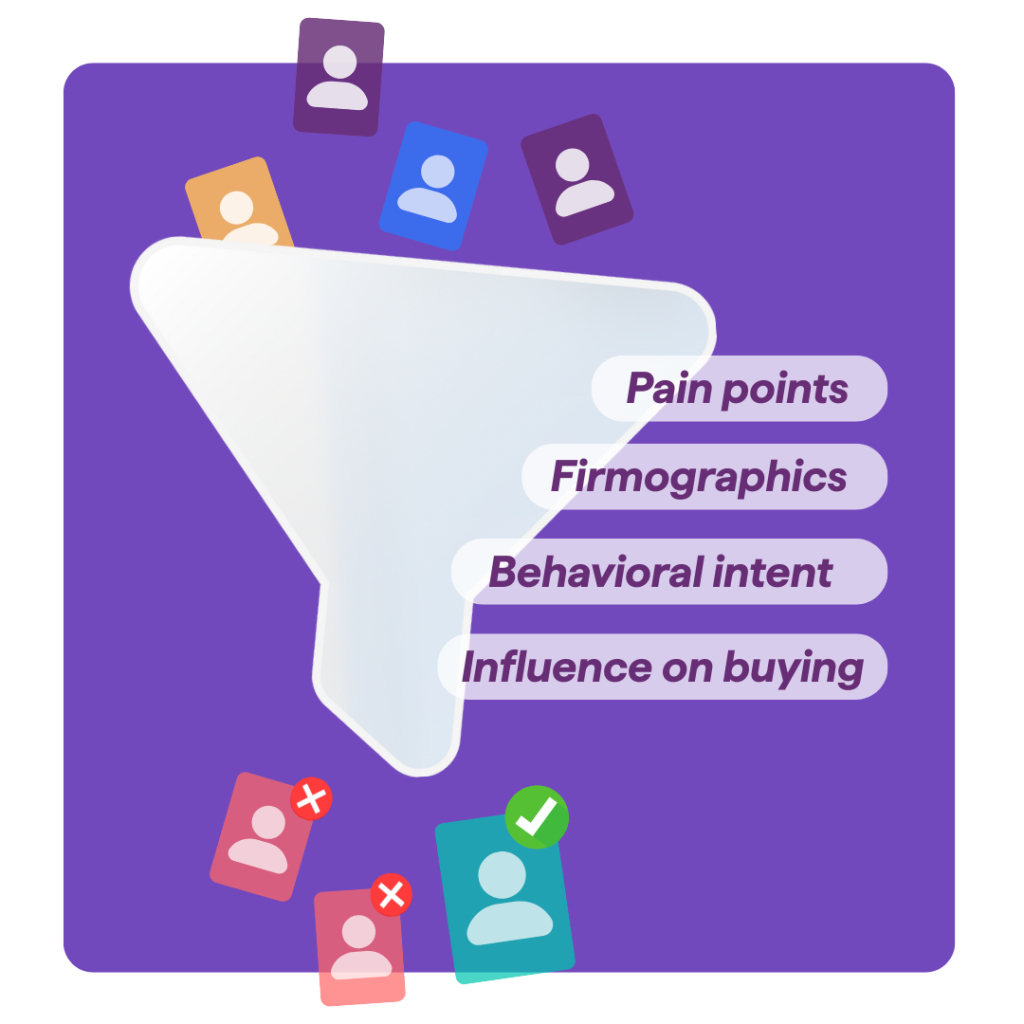
Techniques to Automatically Filter Low-Intent Leads
Once you know what you’re looking for, it’s time to put automation in play. Manual lead scoring allows teams to create custom criteria and assign point values to different actions or attributes, while implicit lead scoring evaluates a lead's likelihood to convert based on observed behaviors.
Here are several techniques and tools (many of which you can implement with involve.me) to automatically separate low-intent leads from high-intent ones:
1. Lead Scoring (and Negative Scoring) Systems
Implement a lead scoring model to automate qualification. Assign points to actions and attributes. For example, +10 for an eBook download, +20 for a demo request, and −5 for a one-page bounce. Each lead’s total reflects engagement and fit. When a score crosses your threshold, mark the lead qualified. If it stays low, keep them in the low-intent bucket.
If possible, score both ways. Use negative scoring to subtract points for low-intent behavior, like viewing only a blog post or submitting obviously fake data. This prevents those leads from being sent to sales prematurely. Tracking these "low-intent activities" helps your team focus on promising contacts while others get more nurturing.
Most CRMs support scoring rules. involve.me can pass quiz and form interactions to your CRM for scoring and automate it by tracking engagement with interactive quizzes, calculators, forms, then push high scorers to sales instantly.
Result: low scorers stay out of view, hot leads get fast-tracked.
2. Interactive Qualification Quizzes & Surveys
A smart way to pre-qualify leads is through interactive quizzes or surveys. Instead of using a generic contact form, create a short quiz that lets prospects qualify themselves in an engaging way.
Ask targeted questions about pain points, goals, budget, and timeline. These reveal intent and readiness.
Example: a marketing agency might use a quiz called “Is Your Marketing Strategy Ready to Scale?” with questions like “What’s your monthly marketing budget?” or “Are you planning to invest in new tools within the next 3 months?” The answers tell you everything. Design the quiz to score and segment leads automatically. Those who meet your criteria are tagged as qualified. Someone choosing “$0 budget / just exploring” is low intent, while “$5,000+ budget / ready to invest this quarter” is high.
Try generating that quiz yourself with involve.me. It's free and takes a couple of minutes.
The process is automated and transparent. At the end, show users a personalized result, like “You’re not quite ready for XYZ service yet, here’s a beginner guide.”
Only leads scoring above your threshold (say 80%) reach the sales team.
With involve.me’s Quiz Maker and Survey Builder, you can build these interactive funnels with built-in scoring, no coding needed. By the time someone finishes the quiz, you already know if they’re worth a sales call.
B2B Product Finder Template
Price Quote Generator Template
Career Quiz Template
Product Testing Survey For Agency Client Template
Customer Profiling Survey for Ecommerce Template
Market Research Survey for Finance Template
3. Smart Forms with Mandatory Qualifying Fields
If quizzes are not a fit, optimize your lead forms to filter low intent contacts. Add a few mandatory qualifiers so only serious prospects move forward:
Company size
Role or title
Budget range
Timeline to purchase
These fields do two things. They collect data to judge fit and add a small hurdle. People who are not genuinely interested often drop off, which is fine.
But still, keep it balanced. Ask enough to qualify, not so much that you scare away good leads.
Only request what is necessary to qualify now. You can capture more details later in the funnel. For B2B, a business email and company name may be required. A phone number, on the other hand, can be too much for a top-of-funnel offer.
With involve.me, build multi-step forms that show one question at a time to keep prospects engaged. Then automate the routing. If answers miss your criteria (for example, $0 budget or company size of 1-2, when you target enterprises), tag the lead as low intent and keep them off the sales team’s follow-up list.
4. Monitoring Intent Signals and Behavioral Triggers
Automation can quietly qualify leads by tracking behavior across your website and emails. Modern tools and involve.me integrations let you see how people interact with your content.
For instance, multiple visits to your pricing page show strong intent. A free trial signup with active use signals high intent. But bouncing after one page or only reading blog posts without checking product pages? Classic low intent.
Set up automated triggers to respond to these behaviors. Most CRMs support rules like:
“If a lead hasn’t engaged with high-value content (demo, pricing, etc.) within X days, mark as cold.”
“If email engagement is zero, lower their score or label as low intent.”
This behavioral filtering keeps lead intent up to date. It’s ongoing, not a one-time check. If a low-intent lead starts revisiting pricing pages, they’re automatically upgraded. If a once-promising lead goes silent, they’re downgraded. The system works like a sieve, constantly separating warm, sales-ready prospects from those who need more time.
With involve.me, you can track interactive experiences and push that data to a CRM or email platform. It can tag leads automatically based on quiz results or actions, like “Qualified” or “Needs Nurture”.
The Role of AI in Lead Scoring and Automated Lead Filtering
AI has reshaped lead scoring. Traditional models use static rules and manual inputs. AI analyzes behavior, demographics, firmographics, and subtle engagement signals in real time to predict who is most likely to become a customer.
Models learn from historical sales data and adjust as behavior changes. Scoring gets dynamic and precise. Reps spend time on the best prospects, not low-quality or unqualified leads.
AI also aligns marketing and sales with a shared, data-driven view of qualification. Marketing generates more marketing-qualified leads. Sales gets a steady stream of vetted, sales-ready contacts. The result is a faster cycle, higher conversion rates, and stronger productivity.
Bottom line. Using AI for lead scoring is now essential. Predictive scoring and automated filtering keep the team focused on high-quality leads, which means more closed deals and better overall performance.
Automated Nurturing for Low-Intent Leads
Filtering low-intent leads is not about deleting them, it's about handling them differently. Put them on an automated nurture track instead of sending them directly to sales. Low intent often means “not now.” Use drip emails and retargeting to stay helpful over time without one-to-one effort. The goal is to warm them until intent signals improve.
Try this:
Send a short educational email sequence or a free guide or mini course to leads who downloaded a checklist but did not request a demo. This “assignment selling” gives value and a light task before any call.
If they engage, auto-upgrade them to a higher-intent tier and route to outreach.
If they do not engage, keep them in nurture.
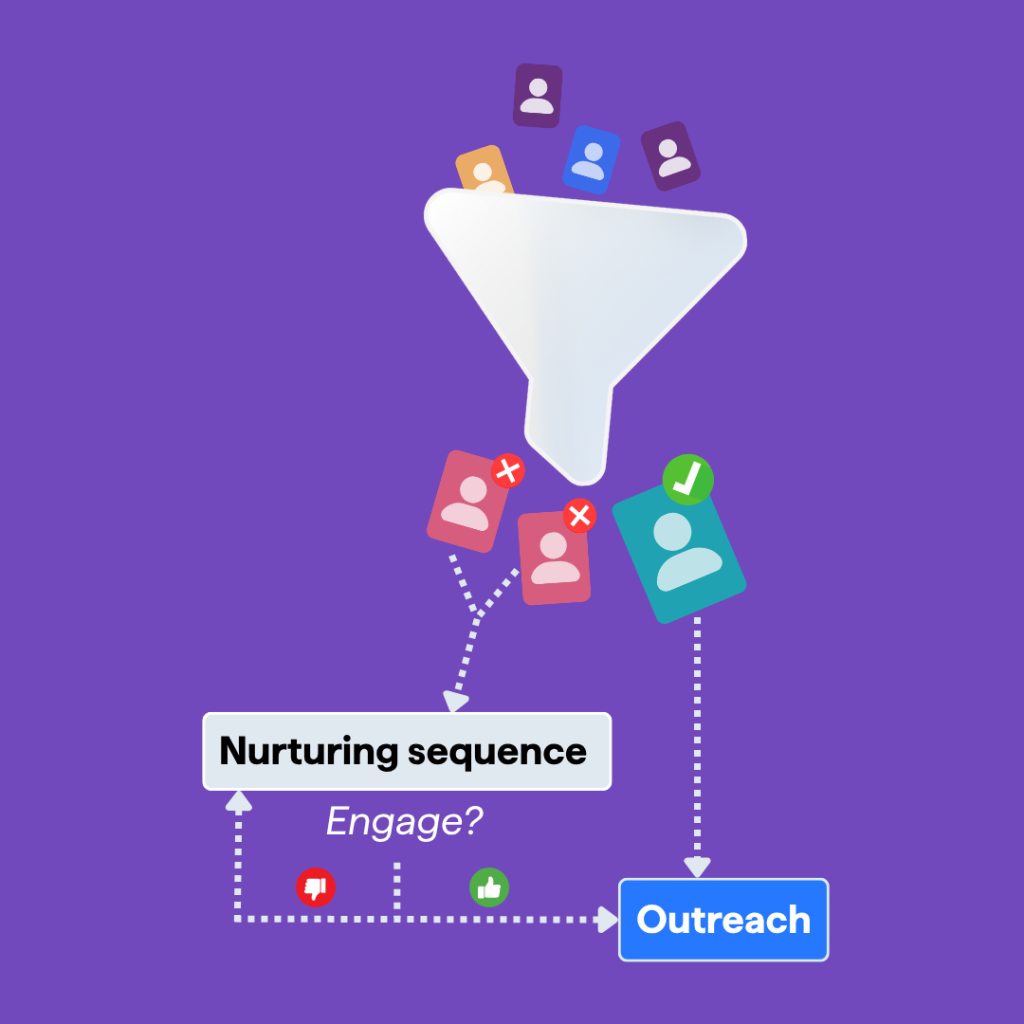
With involve.me, you can enhance nurturing by delivering personalized content via interactive experiences. Completers show commitment and get flagged for follow up. Non responders stay off sales calendars. The mantra here is: no human time should be spent until the lead shows some commitment. Automation ensures meetings are booked only when there is a real opportunity.
Emphasizing Qualified Leads Over Quantity in Lead Generation
Filtering low-intent leads is about quality over quantity. Big numbers may impress at first, but if most leads are duds, nobody wins.
Since many raw leads never convert because they were never qualified, removing low-intent prospects early lifts conversion rates and makes sales more efficient.
There are cost wins too. In ads and content, filter at the top: use qualifying language in PPC (for example, “Enterprise solution” or pricing details) to deter poor fits, and tighten targeting so fewer unqualified people enter the funnel. Spend budget on qualified traffic, not any traffic.
Traffic is not the same as qualified traffic.
Agencies that adopt this mindset see higher client satisfaction. Fewer useless contacts, more genuinely interested prospects. Over time, the metrics reflect it, higher close rates, lower cost per acquisition, and clearer attribution to revenue, all because you filtered out the noise.
How involve.me Can Help Streamline Lead Qualification
Interactive funnels with scoring. Build quizzes or assessments that assign points per answer. With Score Calculator templates, each response adds or subtracts points. After submission, involve.me totals the score. High scorers see a “book a meeting” link or go straight to your CRM. Low scorers get a helpful follow-up message. Only engaged prospects move forward.
Conditional logic and branching. Ask qualifying questions, then adapt the flow to the answers. “I’m just browsing” routes to a polite sign-off. “I’m ready to buy” triggers deeper questions and a prompt to schedule a call. Low-intent leads effectively disqualify themselves, saving follow-up time.
Instant CRM and email integration. Send data to your CRM or email tool with tags or scores attached. Tag leads as “MQL” or “Unqualified” based on outcomes. Sales sees only MQLs. “Unqualified” can trigger an automated nurture sequence. No manual sorting required.
Templates and AI assistance. Start fast with 300+ templates, from lead magnets to lead score calculators. The AI Agent can generate forms or quizzes from a short prompt. Edit questions and scoring to match your criteria. Iterate quickly without heavy lifting.
Bottom line. Involve.me is an all-in-one system to capture, qualify, and segment leads. By the time a lead reaches your client, they have cleared a few friendly checks that prove intent. These features filter out unqualified prospects, allowing sales reps to spend less time on low-intent leads and more time closing deals.
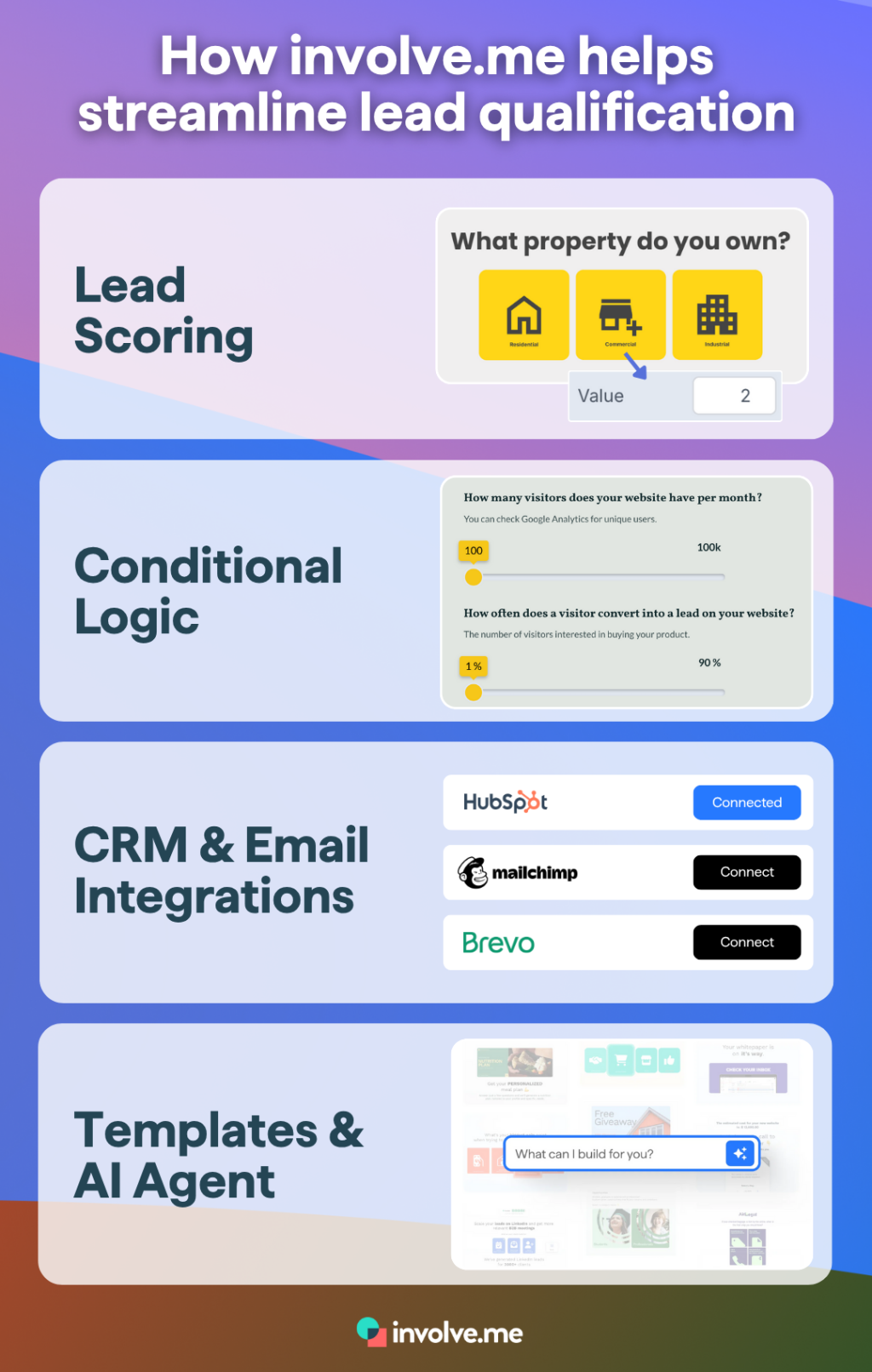
Conclusion
Don’t waste your clients’ time or your own by flooding them with low-intent leads.
Define clear qualification criteria and use automated filters so every lead you pass to sales is worth their time. Result: higher conversion rates, happier clients, and a reputation for real results.
Spot the signals that separate browsers from buyers, then bake those signals into your capture flow with tools like involve.me. Use lead scoring, interactive quizzes, smart forms, and behavioral triggers to prioritize high-intent leads for sales and send low-intent leads to nurture.
Adopt these practices to make campaigns more efficient and to build trust with clients. They will see that you value their time. Put automated filters in place and let the outcomes speak. Filtering low-intent leads is not only about saving time. It helps clients focus on the activities that drive growth.
Ready to deliver higher-quality leads?
Register to involve.me to start qualifying and filtering leads automatically, so you can connect your clients with prospects who mean business.


